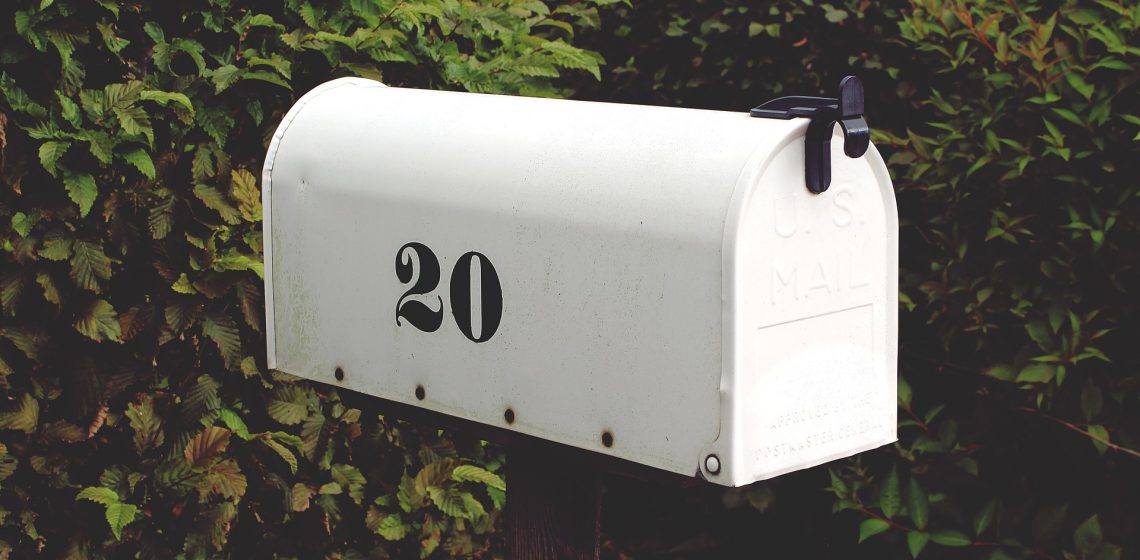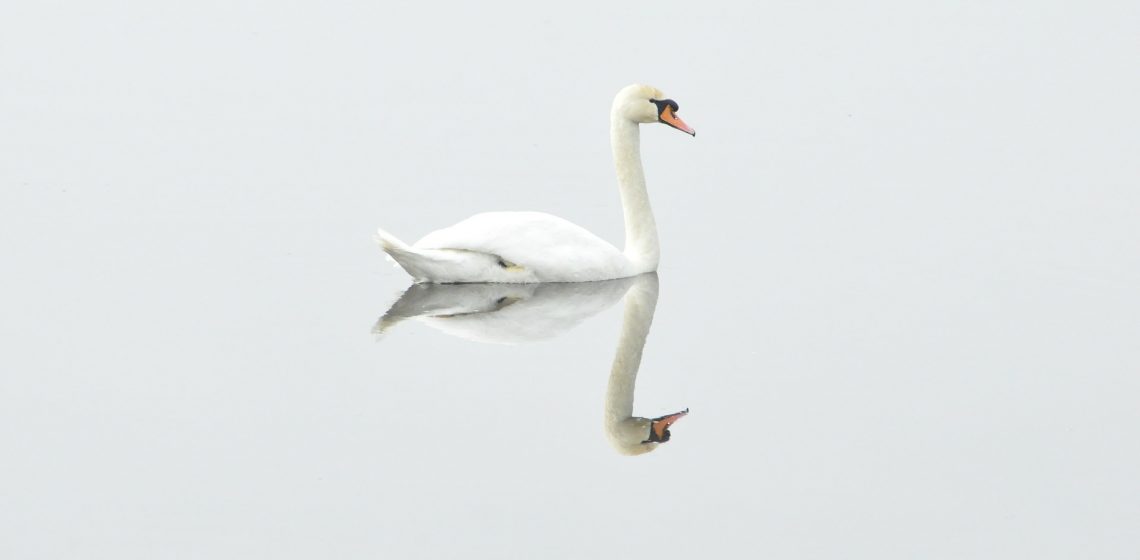Stealing another’s expression of an idea or work without permission and/or proper attribution is considered plagiarism. This specifically includes copying large parts or the entirety of someone else’s work while pretending that it is one’s own work, copying small parts of someone else’s work under fair use without proper attribution (that is, missing quotation marks and missing, misleading or wrong citation), grossly copying ideas or the narrative of another work without attributing the origin of the ideas or narrative, re-using images or photos without permission, etc.
Plagiarism has real legal implications. While ideas themselves are not copyrightable, the artistic expression of an idea (the “work“) automatically falls under copyright when it is created. Under fair use, small parts may be copied without the permission from the copyright holder. However, even under fair use, you must attribute the original source. What is considered fair use is rather subjective and can vary from country to country. See, for instance, here for a short introduction on fair use in the USA.
To avoid the plagiarism trap, here are 8 simple rules each researcher should follow:
Continue Reading






